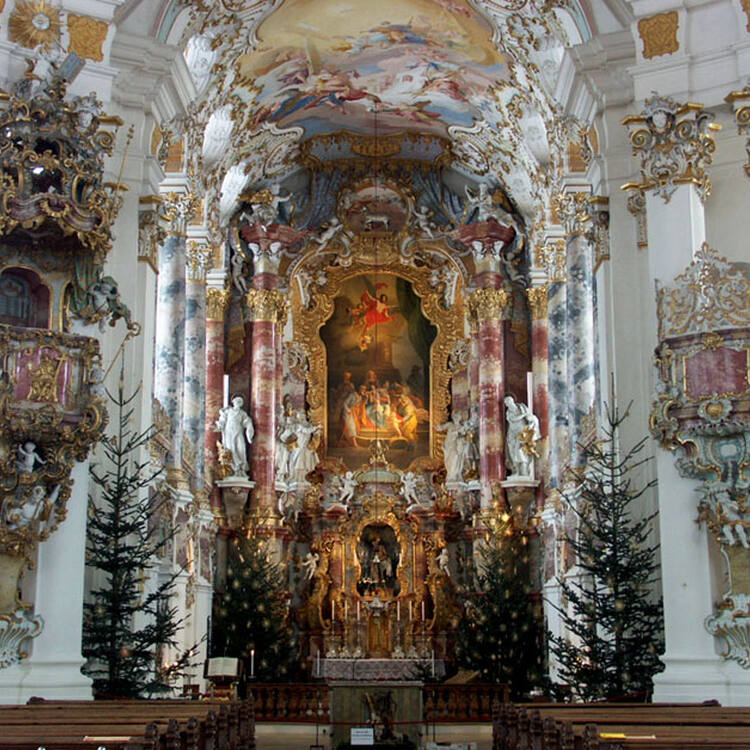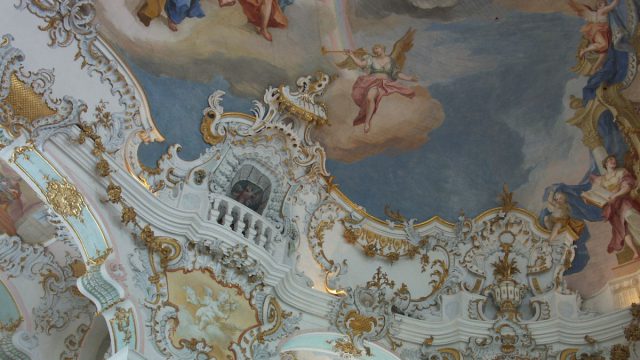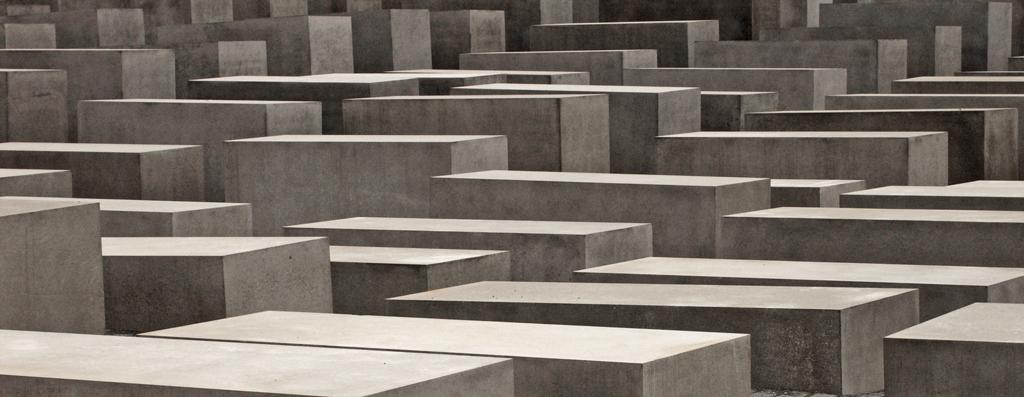Even in the 1700s, when Rococo was the height of fashion, some people considered the style excessive and absurd.
Today, it’s hard to know what to think of a building like the exuberant Wies Pilgrimage church in Bavaria. The church was designed by Dominikus Zimmerman, who was born on June 30, 1685, and his brother, a fresco master.
Commentary from UNESCO:
A unique feature is the harmony between art and the countryside. All art forms and techniques used – architecture, sculpture, painting, stucco work, carving, ironwork, etc. – were melded by the architect into a perfect, unified whole, in order to create a diaphanous spatial structure of light and form. The remarkable stucco decoration is the work of Dominikus Zimmermann, assisted by his brother Johann Baptist – who was the painter of the Elector of Bavaria, Max-Emmanuel, from 1720. The lively colours of the paintings bring out the sculpted detail and, in the upper areas, the frescoes and stuccowork interpenetrate to produce a light and living decor of unprecedented richness and refinement. The abundance of motifs and figures, the fluidity of the lines, the skilful opening of surfaces, and the ‘lights’ continually offer the observer fresh surprises. The ceilings painted in trompe-l’œil appear to open to an iridescent sky, across which, angels fly, contributing to the overall lightness of the church as a whole. More…

Learn more: An Introduction to the Rococo >


